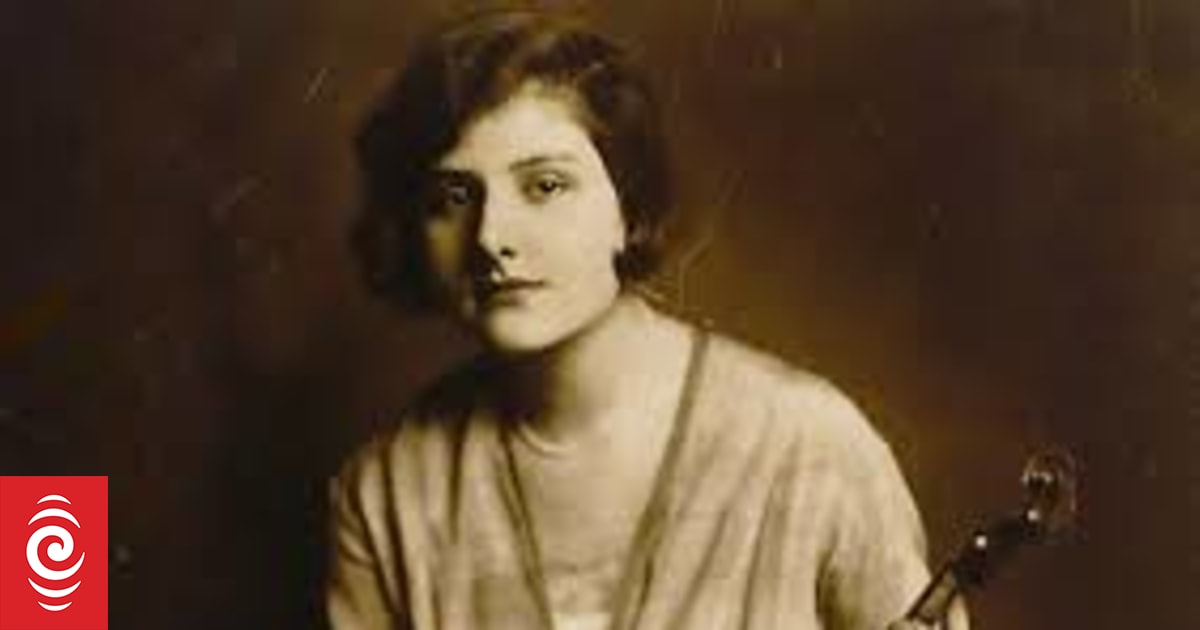World
Women’s Orchestra of Auschwitz: Survival Amid Horror

A group of female prisoners at the Auschwitz Concentration Camp formed a notorious marching band known as the Women’s Orchestra of Auschwitz. This ensemble played while inmates disembarked from trains, during roll calls, and even as ash from crematoriums fell around them. While many fellow prisoners harbored disdain for the orchestra, the ensemble offered its members a slim chance of survival, according to British historian and author Anne Sebba in an interview with RNZ’s Afternoons.
Sebba emphasizes the complex emotions surrounding the orchestra’s existence. “You can imagine if you were one of those women who had to go out to work and you heard other women playing this jaunty marching tune as you had to form up in rows of five, you would hate that marching band, wouldn’t you?” she explained, highlighting how the Nazis pitted one group of women against another. The orchestra’s formation provided a precarious lifeline for its members, a fact Sebba explores in her new book, The Women’s Orchestra of Auschwitz: A Story of Survival.
Life Under Duress
The orchestra was established by Maria Mandl, a female guard known for her cruelty, whom the orchestra members referred to as “the beast.” This initiative served not only as a project of twisted prestige for Mandl but also fed into the Nazi obsession with efficiency and counting. As other women labored, forming rows made it easier for the guards to tally their numbers quickly.
One of the orchestra’s most notable figures was Alma Rosé, the daughter of a distinguished Austrian conductor and the niece of composer Gustav Mahler. Prior to her arrest, Rosé did not identify as Jewish due to her family’s conversion to Catholicism. However, once detained by the Nazis and subsequently appointed to lead the orchestra, she embraced her Jewish heritage. “She saw it as her role to save as many musicians and non-musicians as she could,” Sebba noted, underscoring Rosé’s commitment to the ensemble.
Despite the horrific conditions surrounding them, the orchestra performed Sunday concerts, providing entertainment for their Nazi captors who were exhausted from the atrocities they committed throughout the week. Sebba describes this situation as a “perversion of music,” illustrating the painful irony of using art to soothe the very individuals responsible for such suffering.
Hope Amid Atrocities
The women in the orchestra were afforded certain privileges compared to their fellow inmates. While their food rations were not significantly better, they occasionally received small perks, such as a chicken bone or a pat of butter. More importantly, they enjoyed access to basic facilities, including a toilet, a luxury not available to many others in the camp.
Sebba explains that the most vital benefit for these women was the hope of survival. “You can’t really explain what hope in a desert of atrocities does, but the idea that maybe you could survive till tomorrow was crucial,” she emphasized. Rosé, a demanding and perfectionistic conductor, understood that the survival of the orchestra hinged on their collective effort. As she often reminded them, “otherwise we all go to the gas.”
Through the lens of the Women’s Orchestra of Auschwitz, Sebba captures a poignant narrative of resilience amid unimaginable horror. As she tours New Zealand to discuss her book, she continues to shed light on this complex and often overlooked aspect of Holocaust history. The story of these women serves as a reminder of the multifaceted nature of survival, hope, and the human spirit in the face of atrocity.
-

 Sports2 months ago
Sports2 months agoNetball New Zealand Stands Down Dame Noeline Taurua for Series
-

 Entertainment2 months ago
Entertainment2 months agoTributes Pour In for Lachlan Rofe, Reality Star, Dead at 47
-

 Entertainment4 weeks ago
Entertainment4 weeks agoNew ‘Maverick’ Chaser Joins Beat the Chasers Season Finale
-

 Sports3 days ago
Sports3 days agoEli Katoa Rushed to Hospital After Sideline Incident During Match
-

 Sports2 months ago
Sports2 months agoSilver Ferns Legend Laura Langman Criticizes Team’s Attitude
-

 Politics1 month ago
Politics1 month agoNetball NZ Calls for Respect Amid Dame Taurua’s Standoff
-

 Entertainment2 months ago
Entertainment2 months agoKhloe Kardashian Embraces Innovative Stem Cell Therapy in Mexico
-

 World3 months ago
World3 months agoPolice Arrest Multiple Individuals During Funeral for Zain Taikato-Fox
-

 Sports3 months ago
Sports3 months agoGaël Monfils Set to Defend ASB Classic Title in January 2026
-

 Entertainment1 month ago
Entertainment1 month agoTyson Fury’s Daughter Venezuela Gets Engaged at Birthday Bash
-

 Sports1 month ago
Sports1 month agoHeather McMahan Steps Down as Ryder Cup Host After Controversy
-

 World2 weeks ago
World2 weeks agoSevere Winds Hit New Zealand, Over 100 Flights Canceled





















